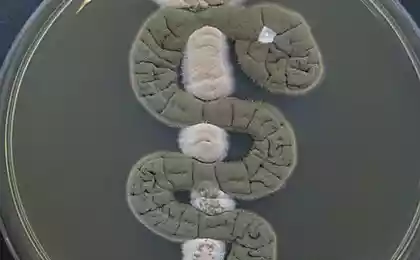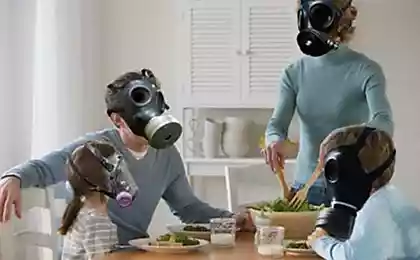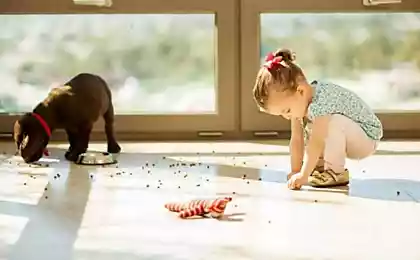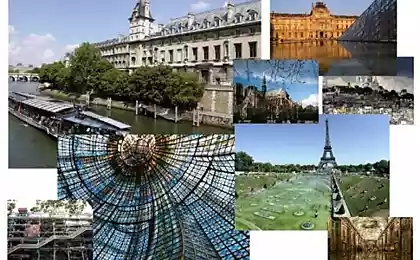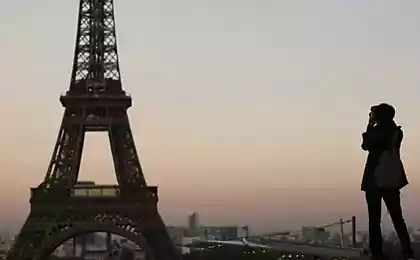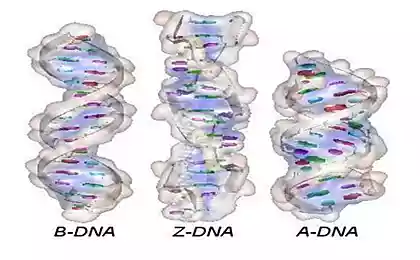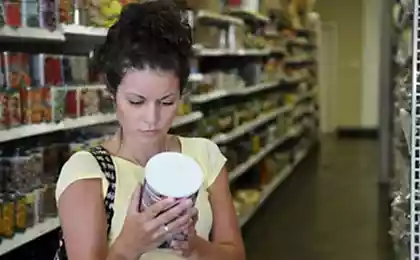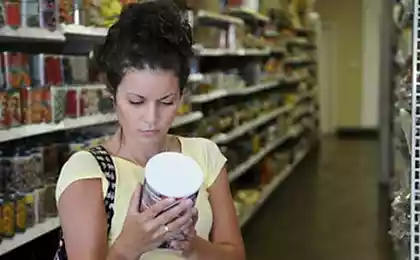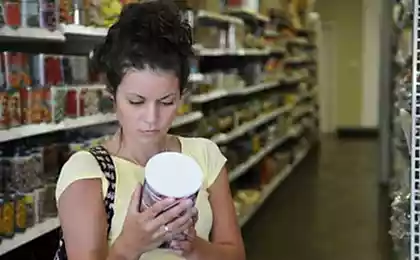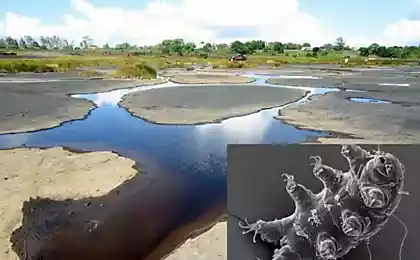454
The Paris startup Gloweе: bacteria as an alternative to light bulbs
The cultivation process of the bacteria becoming more accessible, there are more technologies using their unique characteristics to create smart devices, where the bacteria provide the power.
Glowee, a Parisian startup, believes that the bacteria may offer an alternative to light bulbs.
"Living energy lighting that requires no electricity, emit very little CO2 and light pollution. The light coming directly from nature, at the intersection of biomimicry and synthetic biology," the developers say.
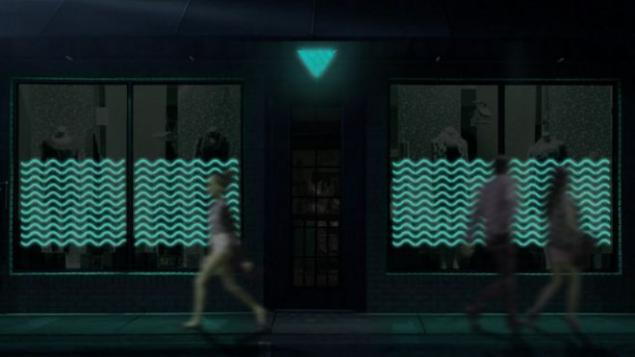
Paris is called the city of lights, but this designation soon may acquire new meaning, if a startup will succeed. The company has developed a form of bioluminescent light, luminous formed by living organisms, with the hope that he can replace electric lighting Parisian shop Windows and street signs.
"Our goal is to change the usual method of production and use of light," says Sandra ray (Sandra Rey) founder Glowee. "We want to offer a global solution that will reduce 19% the use of electricity for production of light."
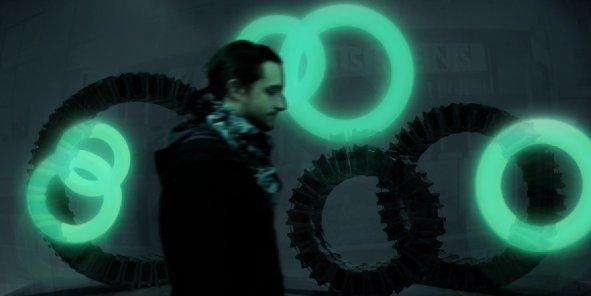
Live lights produce a little gloomy, cool lighting, like neon. City skyline lit by this technology, will have an exotic, futuristic look.
The lights are made by filling a small transparent containers with a gel containing bioluminescent bacteria. Nutrients in the gel sustain bacteria for a few days before they die and the light goes off. It's not very long, so the researchers are working on extending the lamp life to a few months.
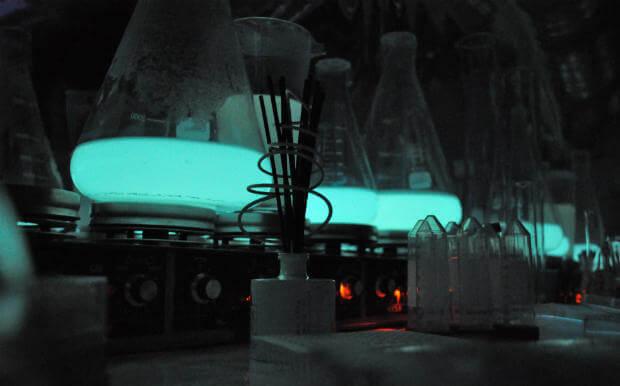
Currently, the company uses bacteria Aliivibrio fischeri, which glow blue-green. They were discovered in luminous marine animals such as the Hawaiian bobtail squid (order of cephalopods, related close to the cuttlefish). Other organisms can offer different color options, many have not yet been investigated fully.
Paris is the perfect venue for a product launch, as in France, retailers are not allowed to cover their Windows during the period from 1 to 7 a.m. to limit light pollution and energy consumption. This law applies only to electric light, so bioluminescent lights can be a viable option, do not violate the rules. Living lights can also work as decorative lighting in places where it is not possible to bring power cables.
Of course, working with living organisms means that the lighting is much more fragile than usual. For example, the organisms will die if the ambient temperature changes drastically. However, according to the company, some of these problems can be resolved. Glowee is already working on genetic engineering of bacteria to ensure their survival in fluctuating temperatures up to 20 degrees Celsius. Genetically modified bacteria can also Shine brighter and last longer to live. In addition, the team working on Glowee has identified the molecular switch that activates bioluminescent bacteria only at night.
Of course, it is unlikely that in the near future, glow-in-the-dark organisms will be able to completely replace electric lighting, but it certainly opens up several different possibilities. The idea of entire city blocks, Nightclubs and alleys in colorful living lights during the night hours, and of course fantastically attractive. published
P. S. And remember, only by changing their consumption — together we change the world! ©
Join us in Facebook , Vkontakte, Odnoklassniki
Source: facepla.net/the-news/tech-news-mnu/5439-%D0%BE%D1%81%D0%B2%D0%B5%D1%89%D0%B5%D0%BD%D0%B8%D0%B5-%D0%B1%D0%B0%D0%BA%D1%82%D0%B5%D1%80%D0%B8%D1%8F%D0%BC%D0%B8.html
Glowee, a Parisian startup, believes that the bacteria may offer an alternative to light bulbs.
"Living energy lighting that requires no electricity, emit very little CO2 and light pollution. The light coming directly from nature, at the intersection of biomimicry and synthetic biology," the developers say.

Paris is called the city of lights, but this designation soon may acquire new meaning, if a startup will succeed. The company has developed a form of bioluminescent light, luminous formed by living organisms, with the hope that he can replace electric lighting Parisian shop Windows and street signs.
"Our goal is to change the usual method of production and use of light," says Sandra ray (Sandra Rey) founder Glowee. "We want to offer a global solution that will reduce 19% the use of electricity for production of light."

Live lights produce a little gloomy, cool lighting, like neon. City skyline lit by this technology, will have an exotic, futuristic look.
The lights are made by filling a small transparent containers with a gel containing bioluminescent bacteria. Nutrients in the gel sustain bacteria for a few days before they die and the light goes off. It's not very long, so the researchers are working on extending the lamp life to a few months.

Currently, the company uses bacteria Aliivibrio fischeri, which glow blue-green. They were discovered in luminous marine animals such as the Hawaiian bobtail squid (order of cephalopods, related close to the cuttlefish). Other organisms can offer different color options, many have not yet been investigated fully.
Paris is the perfect venue for a product launch, as in France, retailers are not allowed to cover their Windows during the period from 1 to 7 a.m. to limit light pollution and energy consumption. This law applies only to electric light, so bioluminescent lights can be a viable option, do not violate the rules. Living lights can also work as decorative lighting in places where it is not possible to bring power cables.
Of course, working with living organisms means that the lighting is much more fragile than usual. For example, the organisms will die if the ambient temperature changes drastically. However, according to the company, some of these problems can be resolved. Glowee is already working on genetic engineering of bacteria to ensure their survival in fluctuating temperatures up to 20 degrees Celsius. Genetically modified bacteria can also Shine brighter and last longer to live. In addition, the team working on Glowee has identified the molecular switch that activates bioluminescent bacteria only at night.
Of course, it is unlikely that in the near future, glow-in-the-dark organisms will be able to completely replace electric lighting, but it certainly opens up several different possibilities. The idea of entire city blocks, Nightclubs and alleys in colorful living lights during the night hours, and of course fantastically attractive. published
P. S. And remember, only by changing their consumption — together we change the world! ©
Join us in Facebook , Vkontakte, Odnoklassniki
Source: facepla.net/the-news/tech-news-mnu/5439-%D0%BE%D1%81%D0%B2%D0%B5%D1%89%D0%B5%D0%BD%D0%B8%D0%B5-%D0%B1%D0%B0%D0%BA%D1%82%D0%B5%D1%80%D0%B8%D1%8F%D0%BC%D0%B8.html
